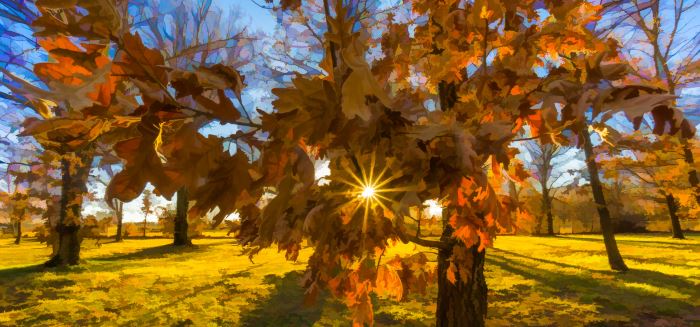Stewardship as the management of all of life with Christ at the center includes our relationship to creation. Today’s writer helps us explore what happens when the Stewardship of creation is not marginalized in the congregation’s ministry as an after thought but becomes part of our discerned mission.
Blessings,
Glenn Taibl, Co-Director
Center for Stewardship Leaders
Luther Seminary
Broadening Our Vision of Stewardship
David Carlson
At the Northeastern Minnesota Synod assembly last spring, voting members adopted a resolution to “recognize creation care as integral to each faith practice, lived out in worship, service, study, and witness as a vital component of the church’s identity and vocation today.” Creation care often falls under the particular congregational concern of stewardship. But it occurred to the synod team drafting the resolution that the well-being of all creation is not one ministry focus among many but should be seen as essential to each committee’s decisions and to each faith practice. Creation care teams in congregations should function in that way, too, not simply as green silos but as round tables with representation from other committees or at least as dialogue partners with other ministry teams when decisions are being made.
“Stewardship does not describe any one dimension of the Christian life, it describes the whole posture called ‘Christian'” (The Steward, 232). For Douglas John Hall, the term steward is an important symbol that has come of age, but only if we allow our view of it to be expanded. Stewardship must involve care for the earth, not only as a necessary response to environmental degradation and scientific warnings, but also because steward characterizes who Jesus is and what he does. Hall sees Jesus as the preeminent Steward who defines and fulfills that role and enables those who are “in Christ” to participate in his stewardship. Our illusion of ownership and lack of accountability are overcome in Christ, who enables us by grace to share in God’s self-giving love for the life of the world. In this expanded view, stewardship is neither simply one aspect of mission nor a means to an end, even mission. Rather, Hall boldly asserts, “What I mean is that stewardship is the church’s mission” (244).
If creation care is seen not as an add-on to current ministries but as leaven that influences the whole culture of a congregation, its missional significance has greater potential. Our congregation puts out a food waste bin during coffee hour and other meals, and we give compostable bags to people to try it at home. Sometime after this became routine in congregational life, a third grader came to me. It was September and school was starting. She noticed that the practice at her school lunchroom was different from home and church — food scraps were going in the garbage along with everything else, “including sporks!” We wrote a letter to the principal together, and after an initial meeting with her began a green team at the school composed of parents and students. Since then, they have not only implemented food waste composting into the school lunchroom but have also reclaimed a green space across the street and have partnered with a local paper mill to raise extra school funds by collecting shiny paper.
Composting food waste may seem like a thankless task, but in the context of the church’s worship and discipleship it helped cultivate a broader vision of God’s redeeming love and enabled a third grader to act boldly as a participant in it. David Rhoads reminds us that “Creation is not a stage or a backdrop on which human redemption is carried out. We have screened creation out of much of our reading of the Bible, where the natural order is an integral part of that which God is seeking to redeem and bring to fulfillment.”
- How might all our ministries reflect this?
Congregations are ideal settings for modeling the kind of creation care needed for a more sustainable world. Seeing earth stewardship as tangential to Christian identity and vocation reflects a diminished view of God’s mission. But the Holy Spirit empowers congregations to embrace an ecological way of life and understand themselves as participants with God in the care and redemption of all God has made.
*David Rhoads, “Reflections on a Lutheran Theology of Creation: Foundations for a New Reformation,” Seminary Ridge Review 15, no. 1 (2012): 8.
Author
David Carlson is pastor at Gloria Dei Lutheran Church in Duluth, Minn., and co-chair of the Northeastern Synod Creation Care Team. He is writing a Doctor of Ministry thesis entitled “Earth Stewardship and the Missio Dei” as part of the congregational mission and leadership program at Luther Seminary.

